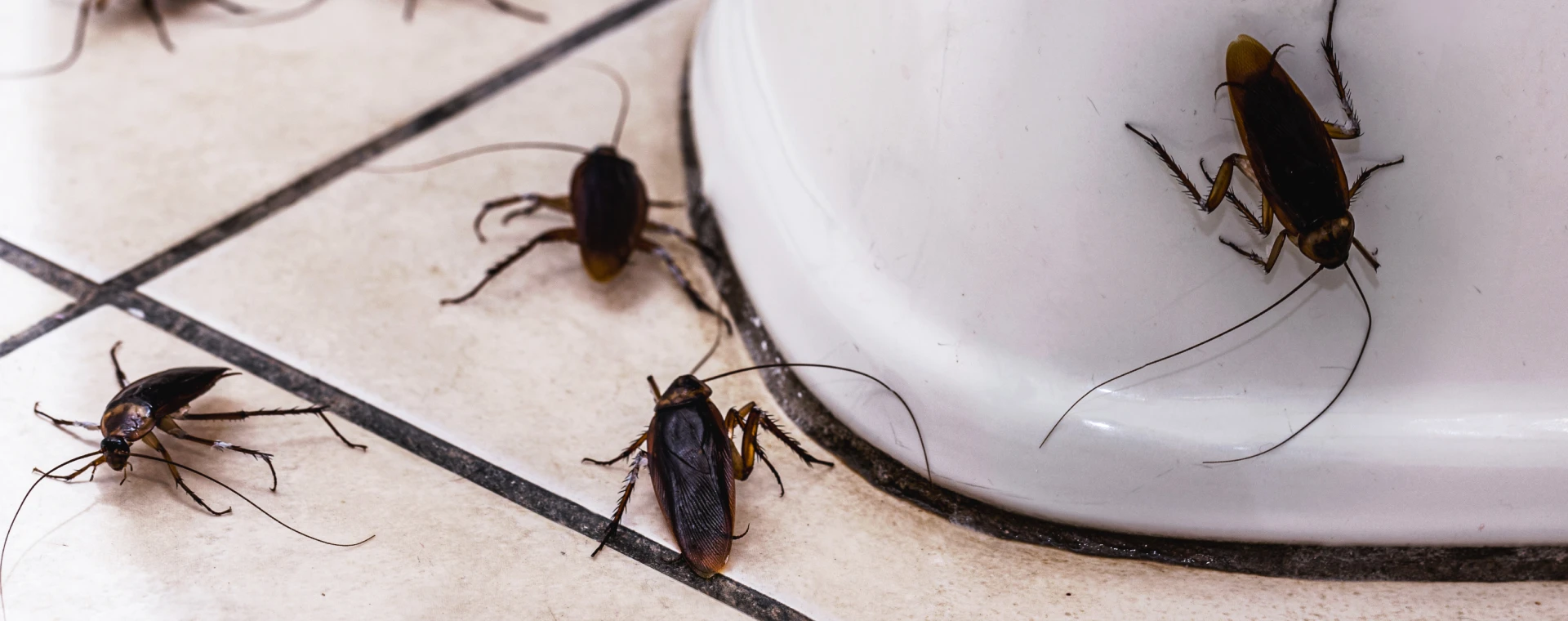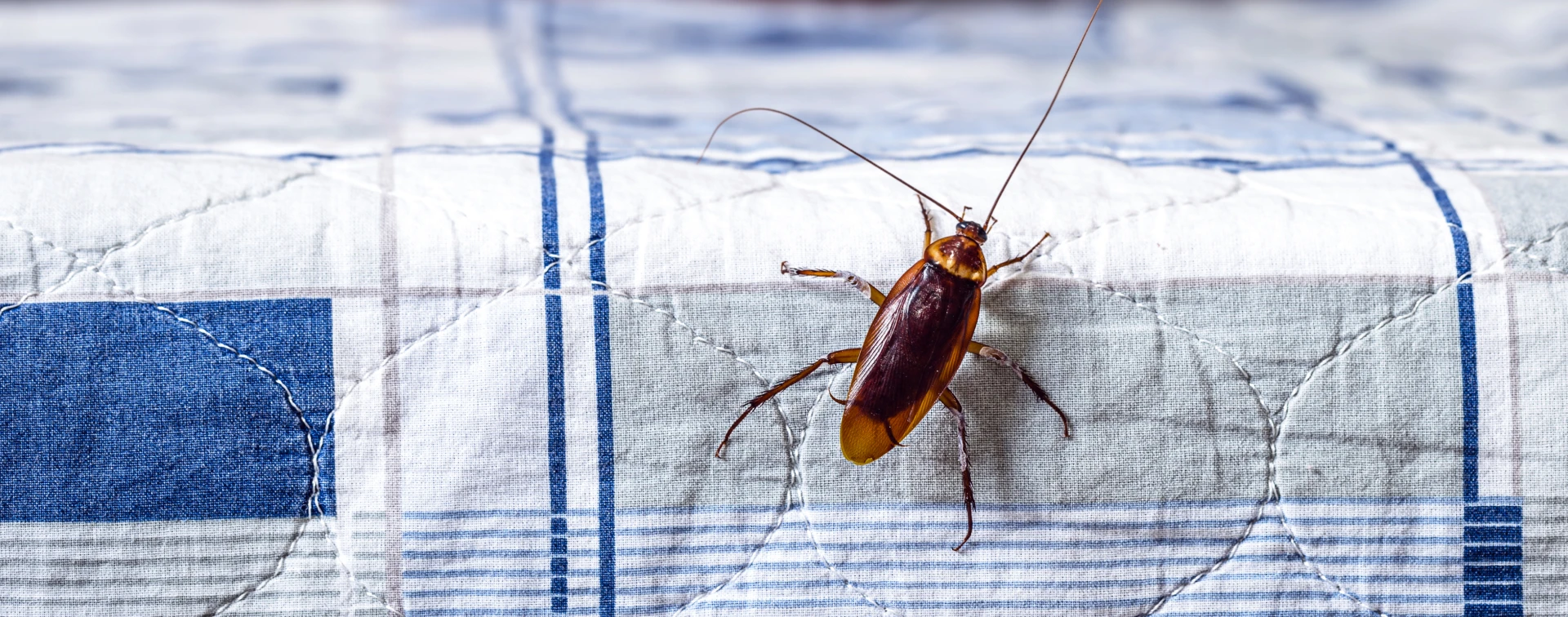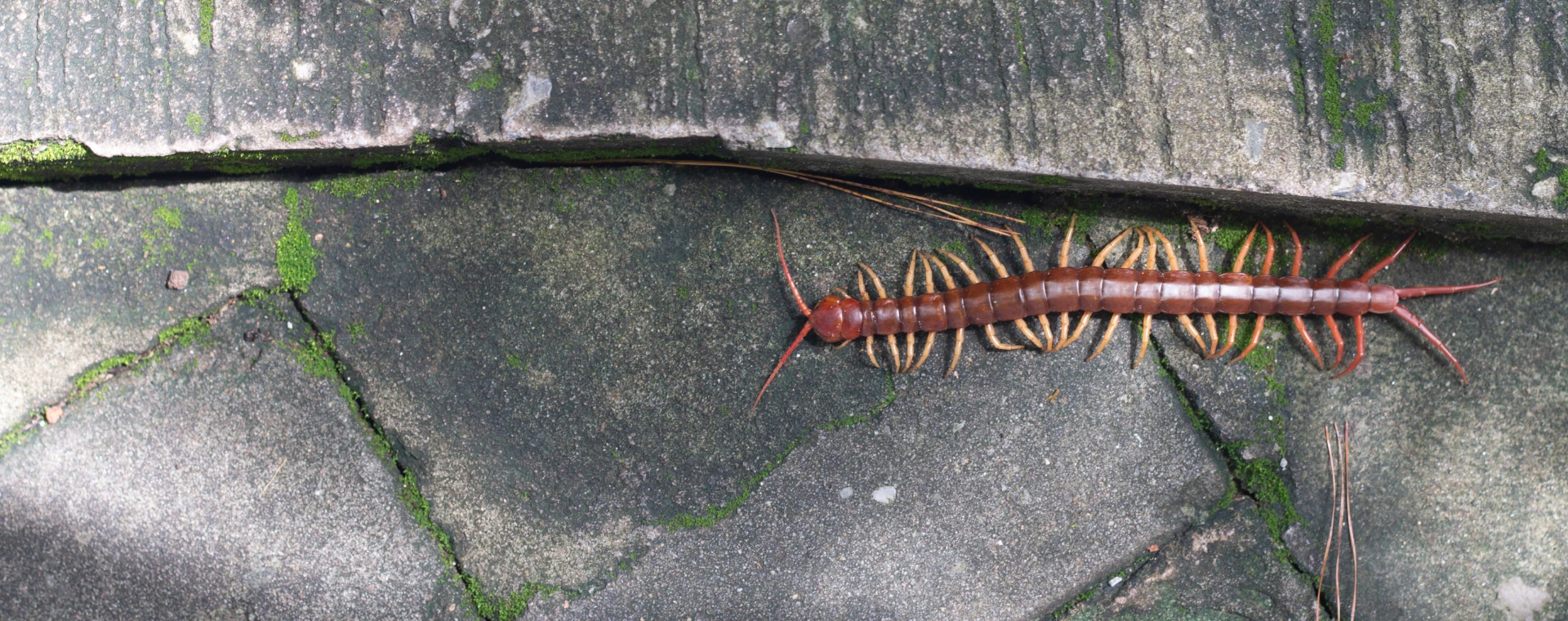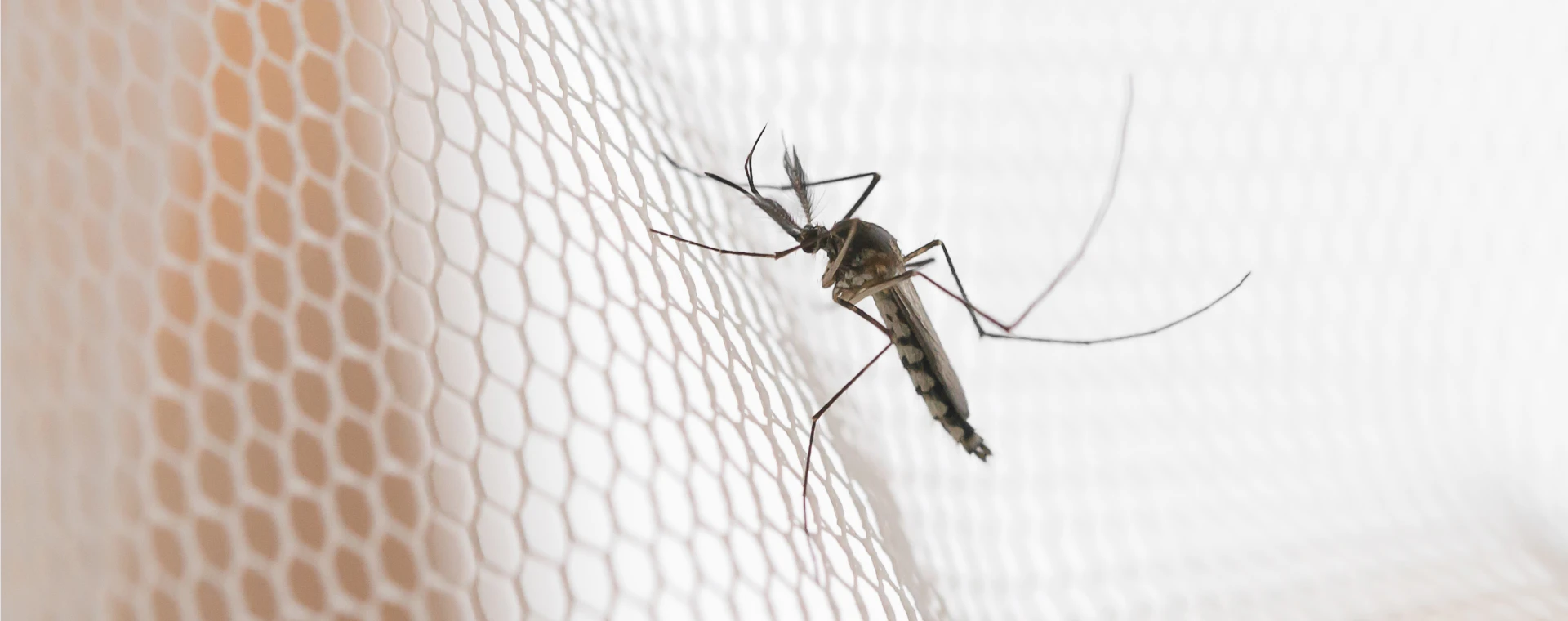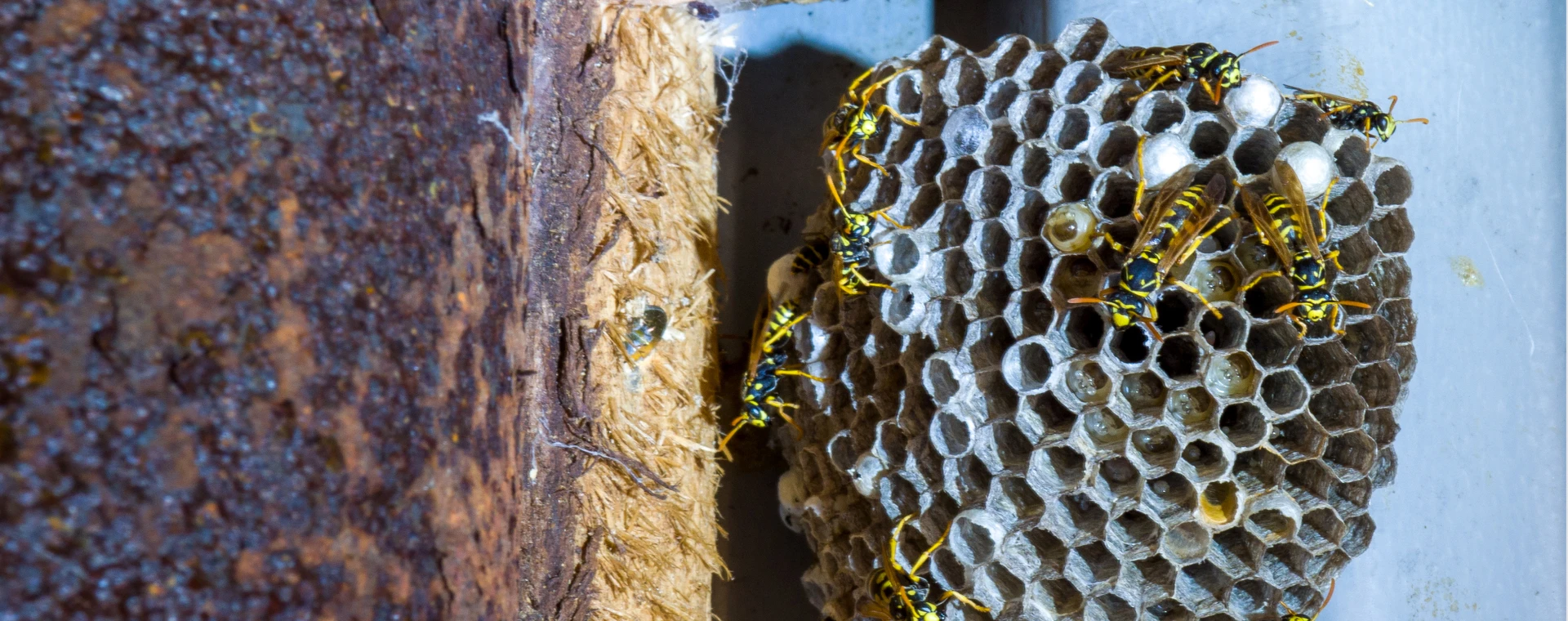Many homeowners encounter cockroaches on a regular basis. These bugs are unhygienic because they feed on organic waste contaminated with germs and are typically found in garbage cans and other waste containers. You need expert Toronto cockroach control to get rid of them.

Recommended Cockroach Control Strategies To Follow

Baiting
This approach to cockroach control is extremely effective. The medicated bait enables a safe and focused strategy that can drastically lower the infestation on your property since these pests are constantly hunting for sources of food.
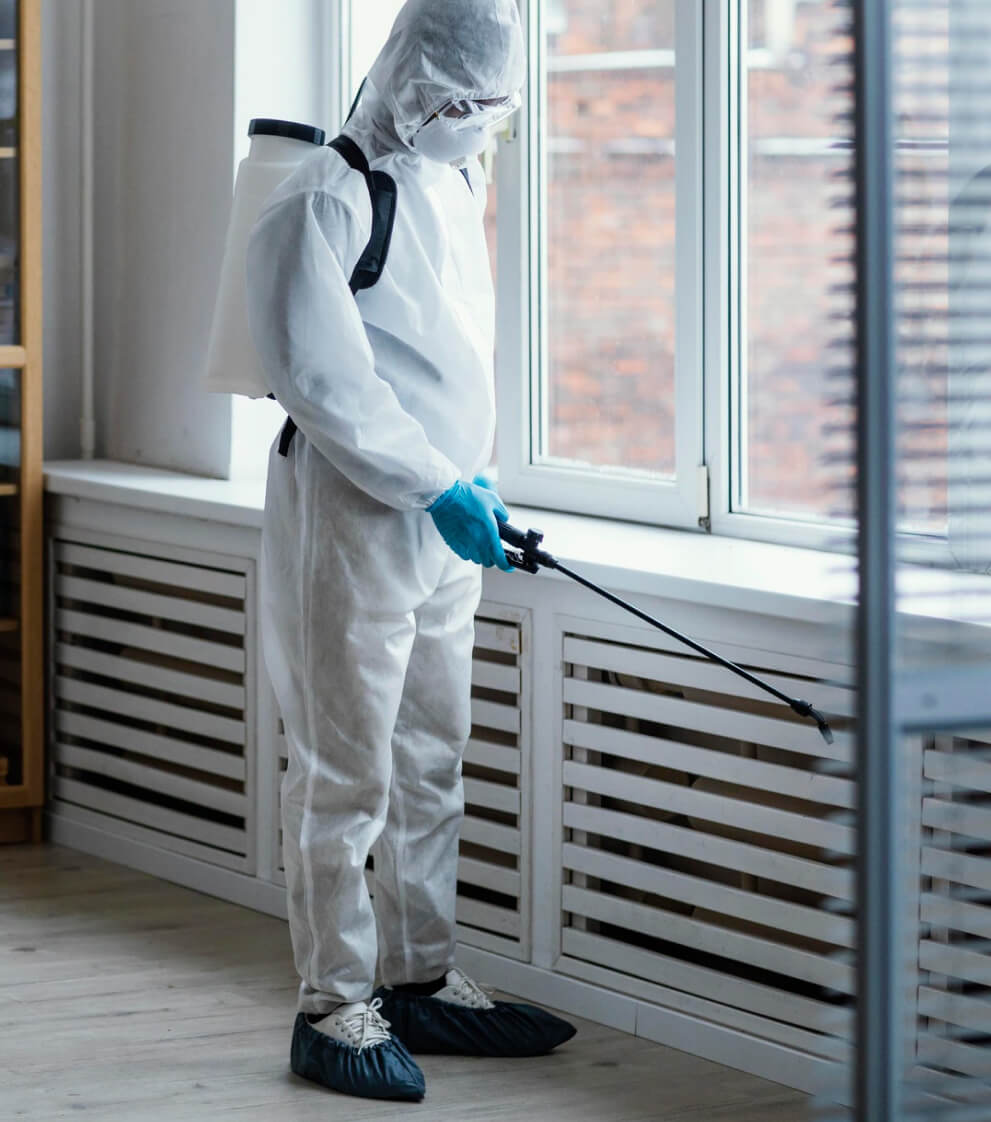
Dust Application
In areas where infestations occur more frequently, dust treatments are a common way of controlling cockroaches. This is due to the dust’s lingering qualities, which offer long-term protection for the area surrounding your home.

Liquid treatments
In badly infected areas, this treatment approach is utilized to drastically reduce the cockroach population. This method of treatment can occasionally be used to evict roaches from difficult-to-reach hiding places. For example, the method may be ideal if roaches are hiding in the crevices of your furniture.
Other Popular services



